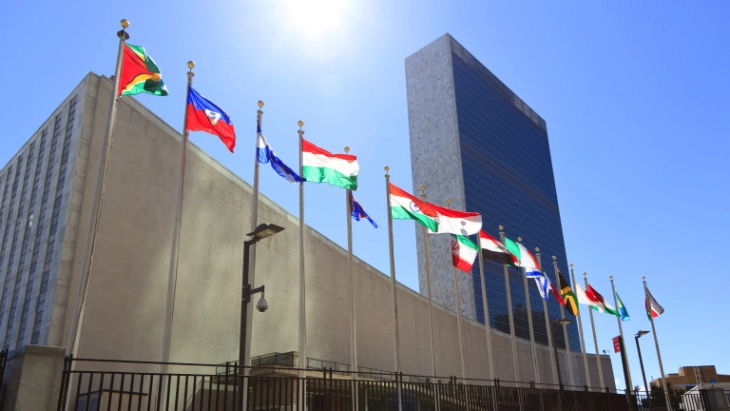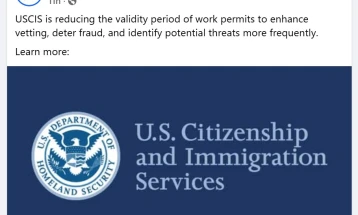UN member states agree on treaty to protect high seas
- United Nations member states have agreed on a text for a first international biodiversity treaty to protect the high seas following a marathon 40-hour meeting, ending 15 years of wrangling over the issue.
- Post By Silvana Kocovska
- 14:14, 5 March, 2023

New York, 5 March 2023 (dpa/MIA) - United Nations member states have agreed on a text for a first international biodiversity treaty to protect the high seas following a marathon 40-hour meeting, ending 15 years of wrangling over the issue.
The deal is a "victory for multilateralism and for global efforts to counter the destructive trends facing ocean health, now and for generations to come," said a spokesperson for UN Secretary General Antonio Guterres.
"It is crucial for addressing the triple planetary crisis of climate change, biodiversity loss and pollution," the spokesperson added in a statement.
The primary aim of the Intergovernmental Conference on Marine Biodiversity was to work towards the target of designating at least 30% of the world's oceans as protected areas in the future.
In addition, procedures should be established to check economic projects, expeditions and other activities in the seas for their environmental compatibility.
The agreement, announced by negotiating groups in New York on Saturday evening, is also intended to place biodiversity in the high seas under internationally binding protections.
Environmental groups welcomed the breakthrough, while calling for quick implementation.
"The High Seas Agreement is a huge success. It closes dangerous legal loopholes," said Karoline Schacht of WWF, arguing that it showed it was possible to slow down the global loss of species.
"Words must now be followed by action," she added.
"Today is a historic day," Greenpeace expert Till Seidensticker said in a statement. "From now on, the international community must roll up its sleeves and take concrete measures to protect marine life from further destruction."
"We made it!" European Commission President Ursula von der Leyen tweeted. "The ocean is food, energy, life. It has given humanity so much - it's time to give back."
It initially remained unclear whether Russia and China would be part of the agreement, after both delegations proved difficult during the negotiations.
One of the final thorny issues was the question of how to determine which parts of the high seas should be defined as protected areas in future.
China and Russia in particular insisted that this had to be done unanimously, according to diplomats, meaning a single country could have blocked any decision. Instead, countries have now agreed the decision can be taken by three-quarters majority, diplomats said.
Another issue - pitting industrialized nations against the Global South - revolved around potentially lucrative future research findings.
Scientists hope that the discovery of previously unknown creatures in the barely explored deep sea will lead to genetic breakthroughs in medicine, for example.
The agreed compromise provides for industrialized countries to make annual lump-sum payments to poorer states to compensate for profits reaped from such discoveries, according to information received by dpa.
Two-thirds of the world's oceans belong to the high seas and are therefore largely a lawless area. An agreement on the protection of the high seas had been under negotiation for some 15 years. There have been several rounds of negotiations since 2018.
Last August, another conference in New York had ended without result after two weeks.
Shortly before Saturday's breakthrough in New York, participants of an international conference on ocean protection in Panama, including the United States and the European Union, pledged almost $20 billion for the cause. The US government alone pledged almost $6 billion for 77 projects.







